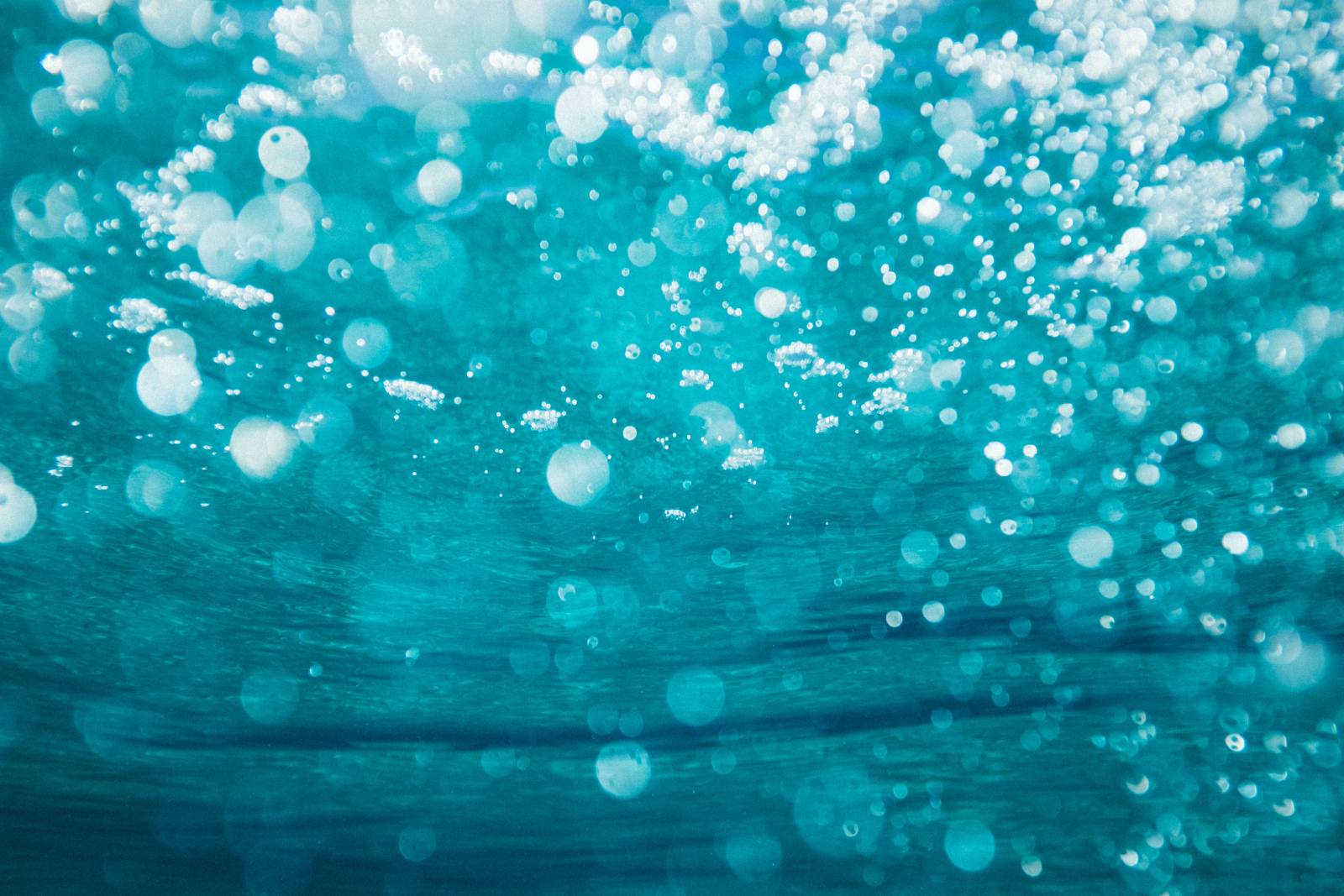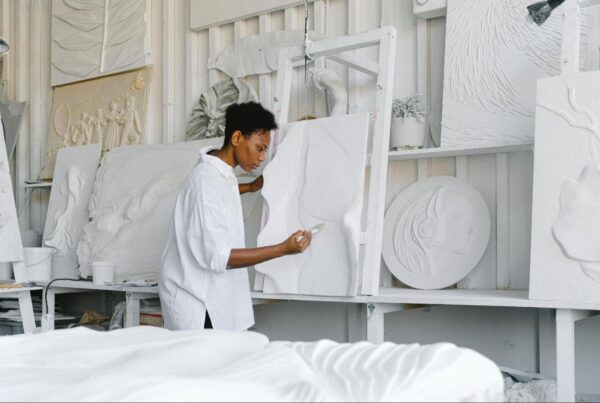As artists, we have a responsibility not only to create but also to preserve. Paint, inks, chemicals and other materials used in art studios often find their way into waste water, potentially harming the environment. Filtering waste water in the art studio is thus essential for promoting sustainable artistic practices.
In this guide, we delve into different waste water filtration methods, discussing their efficacy in treating various contaminants, their suitability for different studio sizes, and their associated costs.
Table of Contents
1. Sedimentation and Filtration
The Process
Sedimentation is a simple method of waste water treatment that allows gravity to remove solid particles. Water is kept in a sedimentation tank where heavy particles such as solid paint pigments and clay sink to the bottom. The water is then passed through a filtration system to remove any remaining smaller particles.
Size of Studio
This method is best suited to small or medium-sized studios. It requires some space to install a sedimentation tank but is generally manageable for studios dealing with moderate amounts of waste water.
Costs
The costs associated with sedimentation tanks and simple filtration systems are relatively low. A basic setup can cost between £100-£300. However, this does not include ongoing maintenance costs such as cleaning or replacing filters.
2. Chemical Treatment
The Process
Chemical treatment involves adding specific chemicals to the waste water to neutralise harmful substances or cause contaminants to coagulate and be easily removed. This method is efficient at treating water contaminated with dyes, inks, and certain chemicals.
Size of Studio
Chemical treatment can be scaled to suit various studio sizes. However, because it involves handling potentially hazardous substances, it may be more appropriate for larger studios or art schools that have resources for proper safety training and equipment.
Costs
The initial setup costs for chemical treatment can be relatively high, typically ranging from £500 to over £1,000. Ongoing costs will include the regular purchase of treatment chemicals and periodic system maintenance.
3. Biological Treatment
The Process
Biological treatment involves using microorganisms to break down organic materials in the waste water. This method is often used in conjunction with other treatments as it is highly effective at dealing with organic dyes and certain other contaminants.
Size of Studio
Due to its complexity and the need for careful control and maintenance, biological treatment is best suited to larger studios or art schools. It’s also worth considering for studios located in residential areas or those particularly concerned about environmental impact.
Costs
Biological treatment systems have significant initial costs, often exceeding £2,000. Ongoing costs include system maintenance and potentially adding more microorganisms, but these are typically relatively low.
Below is a summary table comparing the discussed waste water filtration methods:
| Filtration Method | Ideal Studio Size | Initial Cost (£) | Ongoing Costs (£/year) | Maintenance Frequency |
|---|---|---|---|---|
| Sedimentation and Filtration | Small/Medium | £100-£300 | Variable (Based on filter replacements and cleaning) | As needed |
| Chemical Treatment | Large/Art Schools | £500-£1000+ | Variable (Based on chemical usage and system maintenance) | As needed |
| Biological Treatment | Large/Art Schools | £2000+ | Variable (Based on system maintenance and microorganism replenishment) | As needed |
Choosing the right waste water filtration system for your art studio is not just a step towards responsible and sustainable artistry but also a practical move to mitigate potential environmental liabilities. While the costs and requirements may seem daunting, the long-term benefits to both the environment and the studio’s reputation are well worth the investment.








